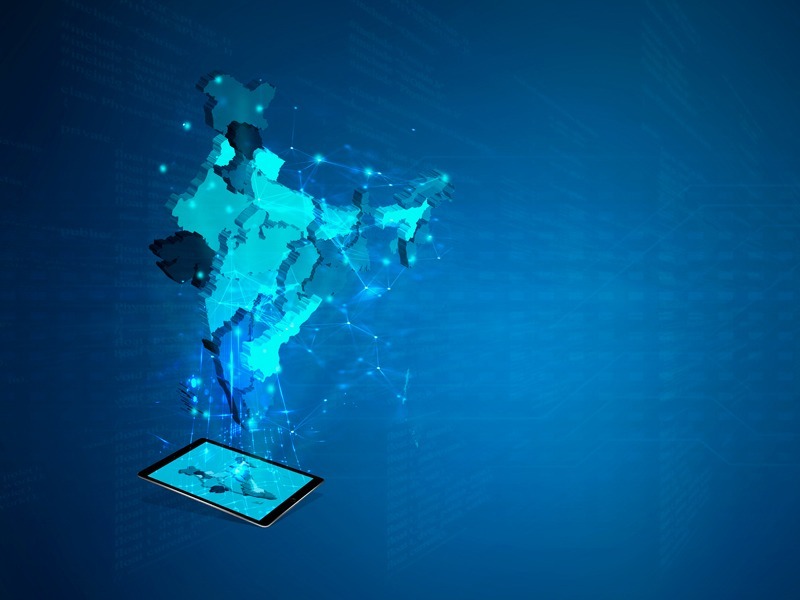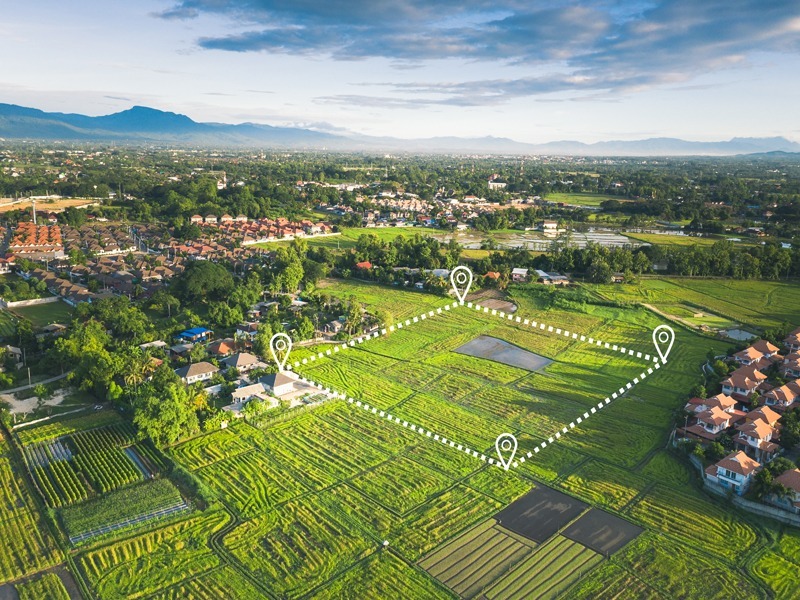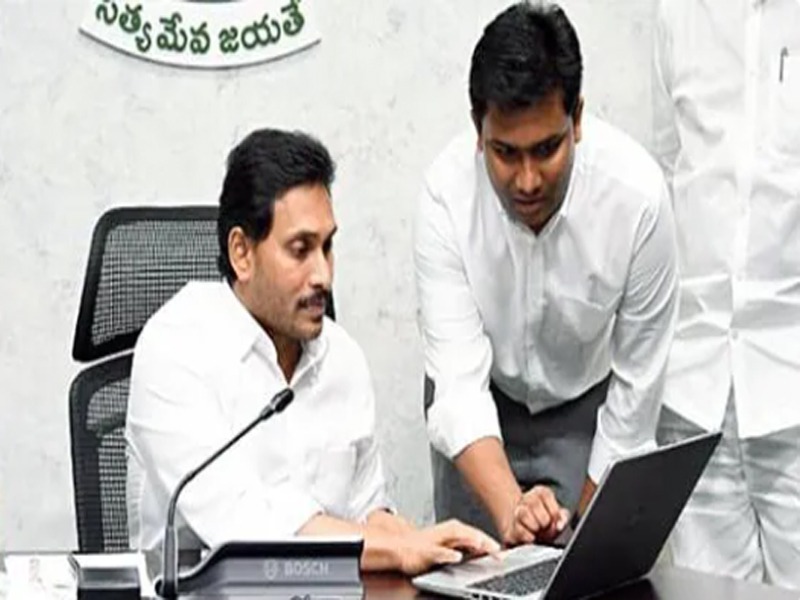
Digital India is a drive to make government services accessible to all inhabitants of India virtually, either by boosting internet connectivity and improving online infrastructure or by empowering citizens (digitized) in the technology field. The Indian government, led by Prime Minister Narendra Modi, launched this campaign on July 1, 2015, with “Power to Empower.”
Other major Indian projects include Make – In – India, BharatNet, Standup India, Economic Corridors, Startup India, Sagarmala, UDAN-RCS, Bharatmala, and Freight Corridors, among others.
The primary goal of this effort is to provide fast broadband services to remote communities while also increasing digital literacy.
Digital India is made up of three main elements:
1. Digital delivery of government services
2. Digital Literacy for All
3. Creation of a secure and reliable digital infrastructure
Innovative tools, such as mobile applications and data computing, are catalysts for strong economic growth and citizen empowerment worldwide.
From government offices to retail outlets, we use these technologies regularly. They assist us in sharing information about our problems or issues and connecting us.
Benefits of Digital India
All payment systems can be easily monitored. Every transaction made by the customer to any retailer will be logged, ensuring that no illicit transactions take place and that people cannot hide their money. The government may effectively evict the shadow market by outlawing cash-based operations and enforcing only digital payments.
● Revenues Increasing
Another significant benefit of digital India is that monitoring sales and taxation becomes more accessible, although exchanges become more digitized. Because transactions are recorded, customers will now receive a bill for each product they buy, and merchants will no longer avoid paying tax to the state, resulting in increased government income and thus improvement in the country’s overall financial situation.
● People’s empowerment
Among the most significant benefits of Digital India is that it empowers citizens. Everybody will require a financial institution, a phone, and other technological gadgets when payments become digital. The state may quickly send subsidies to people’s Aadhaar-linked savings accounts in this way. In other words, people are no longer waiting for the government to provide them with the incentives and benefits that they are entitled to. For most cities, this functionality is already in effect. The government offers LPG subsidies to the general public as an example of this characteristic. Nowadays days, the payment of subsidies is made through bank transfers.
● Establishes a foundation for e-governance
E-government is a great advantage for all citizens since it is easier, faster, and better than traditional governance. With e-governance, one can now receive everything from identity documents to a death certificate in seconds, making it handy for individuals to get the data that they need on the go.
● Creating new jobs
There have been numerous ways to expand job new market opportunities and increase employment prospects in existing markets in terms of the Digital India program. Market opportunities have begun hiring individuals, thereby raising the rate of employment.
Other benefits include the development of digital infrastructures and the manufacture of electronic goods in India.
● Native Indian People’s Digital Empowerment
● Electronic provision of all public services (E-Governance).
● A form of digital identification that verifies the end consumer.
● A mobile device that allows you to access all services from anywhere in the world.
● Immediate Benefit Transfers of subsidies and payments are made to a bank account.
● By 2020, the program intends to eradicate all international electronics imports and transform India into an electronics superpower.
What problems does Digital India face?
From man to machine, problems are part of the journey with a program of this scope on every front. The following are some of the vital challenges:
● Last-mile connection is a significant concern, especially in the remote North East and the Union Territories of Jammu and Kashmir and Ladakh. Even though the problem has been largely solved, there are still numerous locations where a reliable internet link is still a privilege.
● Digital Illiteracy: Digital illiteracy is widespread in the country, as evidenced by the continuing COVID-19 immunization campaign. Because many people were not digitally smart enough to register for jab programs via the Cowin application, management was compelled to make offline preparations.
● High rate of cyberattacks: While people are still learning how to defend themselves from online scams, another group seeks to obtain data through unethical ways.
● Imbalance in digitization: A significant gap exists between departments because many processes and departments have yet to be fully digital. Furthermore, differing levels of employee orientation to adopt digital technology is another hurdle to overcome.
What has Digital India accomplished in the last six years?
Since its beginning, Digital India has earned several accolades, which are briefly listed below:
● Since 2014, India has risen in the UN eGovernance Index.
● BharatNet, the world’s most extensive fingerprint authentication online identity registry, was designed to connect 250,00 Gram Panchayats
● The National Informatics Network is a new system and a game-changing step towards a borderless knowledge-based society.
● Meghraj, to take advantage of cloud computing’s advantages.
● In small towns and villages, cultivating digital entrepreneurs is a priority.
● Promotion of BPO/ITES operations across the country through the BPO Promotion Scheme
● Manufacturing of mobile phones is increasing.
● In February 2016, the Electronics Development Fund was established with a lexicon of $0.32 billion, making it the third-largest start-up
in the world.
● Swayam offers courses for free-ranging from elementary school through post-graduate education, as well as a BHIM App incentive to use my, the world’s largest digital democracy platform.
In June 2018, Prime Minister Narendra Modi told recipients of numerous Digital India initiatives that Digital India was established to ensure that people of all walks of life, particularly those from remote regions, were given the right. According to the prime minister, technology has made communication more accessible, and the government is acting to guarantee that the benefits of technology are accessible to all users of society.



























